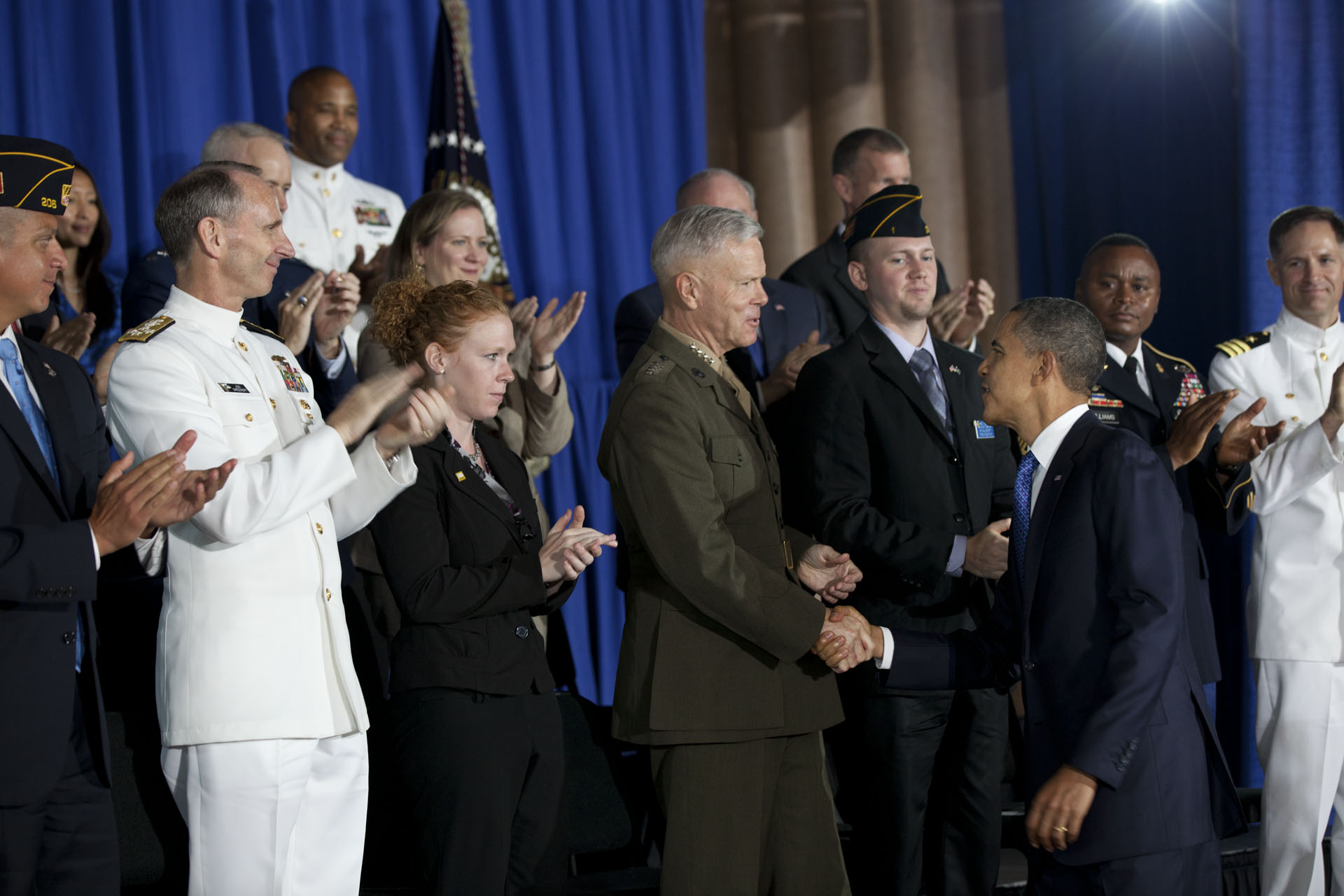
Watch the President's full remarks here.
I am a veteran of the wars in Iraq and Afghanistan. When I left the military in 2007, I went through something called the Transition Assistance Program (TAP). It was a memorable experience, if only because I hadn’t seen overhead projectors and transparencies used since I was in grade school. There was probably some valuable information covered in the three-day course, but I couldn't tell you what it was. And, what any veteran could tell you is that this outdated program serves mostly as a cursory check in the box on your way out the door to civilian life.
In the military, I never felt unprepared. I went through training for everything I might encounter on a deployment (and many, many things I would not). But, when it came time to separate from the military, for the first time in my adult life, I wasn’t prepared – at least not in the way I had been in the military.
In my TAP class, I was with men and women who had led in battle – making life and death decisions on a daily basis. There were engineers, pilots, mechanics, logisticians - great Americans who had served and sacrificed, the men and women who make our military the finest fighting force the world has ever seen.
So, given what these men and women have proven they can do in the most extreme circumstances, how is it that there are currently 1 million unemployed veterans? And how is it that the unemployment rate for post-9/11 veterans is at 13.3%? Does it make any sense that a combat medic who saved lives on the battlefield would have trouble finding work as an EMT back at home? Or, that we ask our young Marines and soldiers to be warriors and diplomats, to deploy time and time again into harm’s way, but cannot help them when they ask something of us – even something as easy as leveraging their skills, talents and unparalleled experience into a job?
It’s time to do more for veterans seeking employment. We have an obligation to make sure our veterans are able to navigate this difficult labor market and succeed in the civilian workforce. That’s why the President today announced a comprehensive plan to ensure that veterans have the employment support and assistance they deserve. Building on the First Lady and Dr. Jill Biden’s work through Joining Forces, and on the President’s Veterans Employment Council, the proposals outlined by the President today use every available avenue to make sure that veterans have the skills employers want and that employers understand the value of hiring a veteran.
Here’s what the President’s proposal does:
- Returning Heroes and Wounded Warrior Tax Credits: A new Returning Heroes Tax Credit for firms that hire unemployed veterans (maximum credit of $2,400 for every short-term unemployed hire and $4,800 for every long-term unemployed hire) and a Wounded Warriors Tax Credit which will increase the existing tax credit for firms that hire veterans with service-connected disabilities who have been unemployed long-term (maximum credit of $9,600 per veteran) and continue the existing credit for all other veterans with a service-connected disability (maximum credit of $4,800).
- A Challenge to the Private Sector to Hire or Train 100,000 Unemployed Veterans or Their Spouses by the End of 2013: The President will challenge businesses to commit to hire or provide training to unemployed veterans or their spouses. Joining Forces will lead this work with businesses and industry.
- Presidential Call for a Career-Ready Military: The Departments of Defense and Veterans Affairs, working closely with other agencies and the President’s economic and domestic policy teams, will lead a new task force to develop reforms to ensure that every member of the service receives the training, education, and credentials they need to transition to the civilian workforce or to pursue higher education. These reforms will include the design of a “reverse bootcamp,” which will extend the transition period to give service members more counseling and guidance and leave them career-ready.
- Transition to the Private Sector: The Department of Labor will establish a new initiative to deliver an enhanced career development and job search service package to transitioning veterans at their local One-Stop Career Centers. The Office of Personnel Management will create a “Best Practices” Manual for the private sector to help businesses identify and hire veterans.



